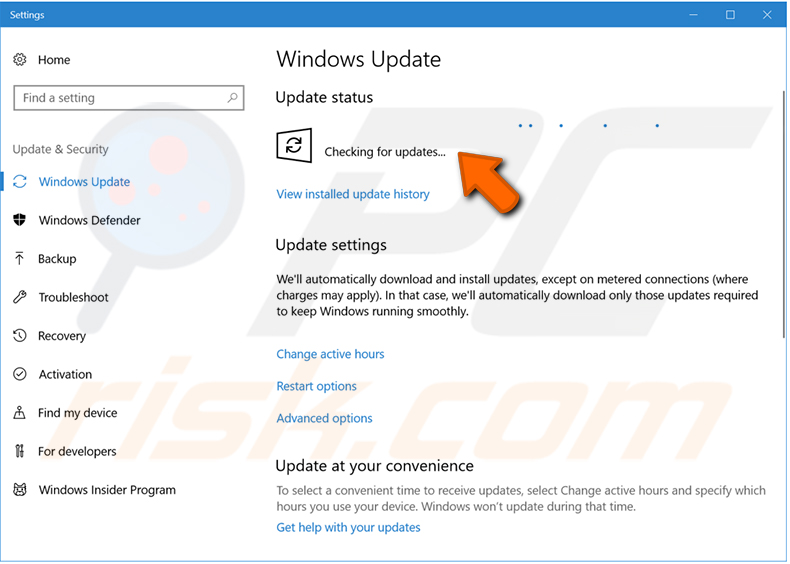
There is a way to export the entire registry, but that’s not a good option for several reasons. Firstly, you’re going to get a large file that you have to store somewhere. Secondly, if you’re only changing one setting, trying to import back the entire registry later on may overwrite many other newer values that were written to other parts of the registry after the export. This can actually lead more problems and possible corruption. Lastly, you may not even be able to import back the entire registry because a lot of keys will be in use by Windows and therefore simply won’t be written.
- In today’s edition of Geek School, we’re going to teach you how to use the registry editor, what some of those keys actually mean, and generally help you understand it a little better.
- The good dll’s may seem to have random-ish names, but experienced users will spot good ones straight away.
- I finally got rid of this by using Windows Recovery Console – booted that, and with it’s command line deleted the offending dll’s.
- All of the problems will be selected when the scan is finished, so if you’d like to go for a blanket fix and correct them all, just click the Fix selected issues…
If you want to clean up your hard drive even further then also take a look atHow to delete duplicate files in Windowsand How to uninstall programs in Windows 10. While in Safe Mode, use File Explorer to locate and delete the files that were previously locked, then simply restart your device as you would normally to exit Safe Mode. It’s most likely because another program is currently trying to use the file. This can occur even if you don’t see any programs running.
Editing The Registry Example
It contains all the information of the software and hardware installed on the system. Users can access and configure the settings of Registries by launching the Registry Editor tool of Windows OS. HKEY_LOCAL_MACHINE —- Contains computer specific information including installed hardware and software. This is the one users tend to spend the most time in. “Enum” subkey enumerating all known Plug-and-Play devices and associating them with installed system drivers (and storing the device-specific configurations of these drivers). Registry keys are similar to folders — in addition to values, each key can contain subkeys, which may contain further subkeys, and so on.
Socks Proxy Service Values
The “Aero Shake” is a feature introduced in Windows 7 that lets you minimize windows by grabbing the one you want to keep open and “shaking” it. You may not have realized you even had this feature, but now that you know, you might not want it because it can sometimes minimize all your windows without you necessarily wanting that. Name the value “VerboseStatus,” right-click it, select Modify, and in the “Value data” box enter 1.
A .reg file can contain multiple different settings, so you could create a .reg file that automatically applies all your favorite registry hacks and configuration tweaks to a Windows PC when you run it. You can also edit the registry wikidll.com by downloading and running .reg files, which contain a change that’s applied when you run them. You should only download and run .reg files from sources you trust, but they’re text files, so you can right-click them and open them in Notepad. Not all programs store all their settings in the Windows registry. Each program developer can decide to use the registry for every setting, just a few settings, or no settings.
When the System Restore confirmation page appears, click OK.. Learn how to safely add, change, or delete registry keys and values. Only make changes to the registry areas that you need to change. The registry is constantly referenced by Windows and other programs.